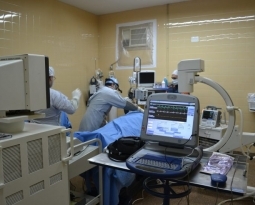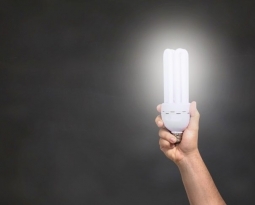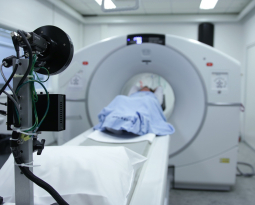California Patent of the Month – August 2021
That static shock you feel sometimes, like when you walk across a carpet and then touch something metal, is called electrostatic discharge (ESD). It happens when two electrically charged objects make contact and is the cause of more than one third of in-field failures in the semiconductor industry. As semiconductor chips and thin gate oxides are reduced in size, the sensitivity to ESD increases. One solution is to implement ESD protection circuits on signal lines, but need to be as small as possible to consume the minimum amount of power. Snapback ESD (SESD) protection circuits have been proposed but are not effective in technologies 28 nm and smaller and may actually increase ESD risk.
Western Digital Technologies has created an improved architecture to take full advantage of snapback protection circuitry in semiconductor design. Their design uses an Input/Output pad, ground source, two NMOS transistors, and trigger, pad bias and gate bias circuits. The first transistor drain connects to the pad. The second transistor drain connects to the first transistor source. The second transistor source connects to ground. The trigger circuit connects to the pad and a reference voltage to detect an ESD event at the pad. The pad bias circuit connects to the pad, the trigger circuit, ground, and the reference voltage to manage a voltage level for the reference voltage. The gate bias circuit connects to the reference voltage, a supply voltage, ground, and the gates of the first and second transistor to dynamically control the voltage of each gate of the first and a second NMOS transistor.
In traditional architecture, the gate of the snapback device is tied to the ground and therefore doesn’t take part in current flow. Western Digital’s design triggers the gate of the snapback devices to supplement the ESD current discharge. Ultimately the design offers overvoltage tolerance without an increase in triggering voltage. By connecting the gate and triggering it during an event, the SESD device is included in the ground path for excess charge and offers greater protection.
Are you developing new technology for an existing application? Did you know your development work could be eligible for the R&D Tax Credit and you can receive up to 14% back on your expenses? Even if your development isn’t successful your work may still qualify for R&D credits (i.e. you don’t need to have a patent to qualify). To find out more, please contact a Swanson Reed R&D Specialist today or check out our free online eligibility test.
Who We Are:
Swanson Reed is one of the U.S.’ largest Specialist R&D tax advisory firms. We manage all facets of the R&D tax credit program, from claim preparation and audit compliance to claim disputes.
Swanson Reed regularly hosts free webinars and provides free IRS CE and CPE credits for CPAs. For more information please visit us at www.swansonreed.com/webinars or contact your usual Swanson Reed representative.

















